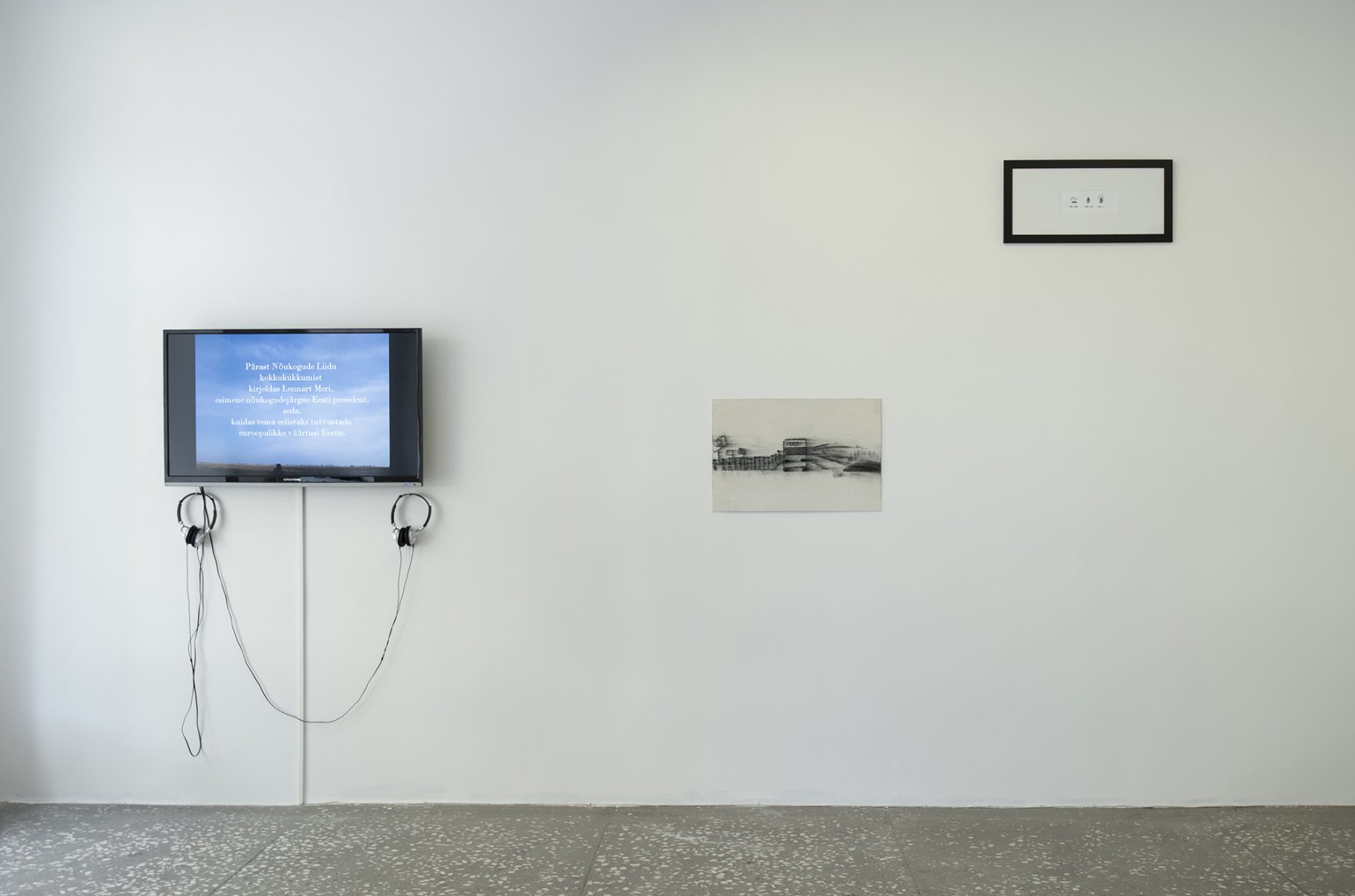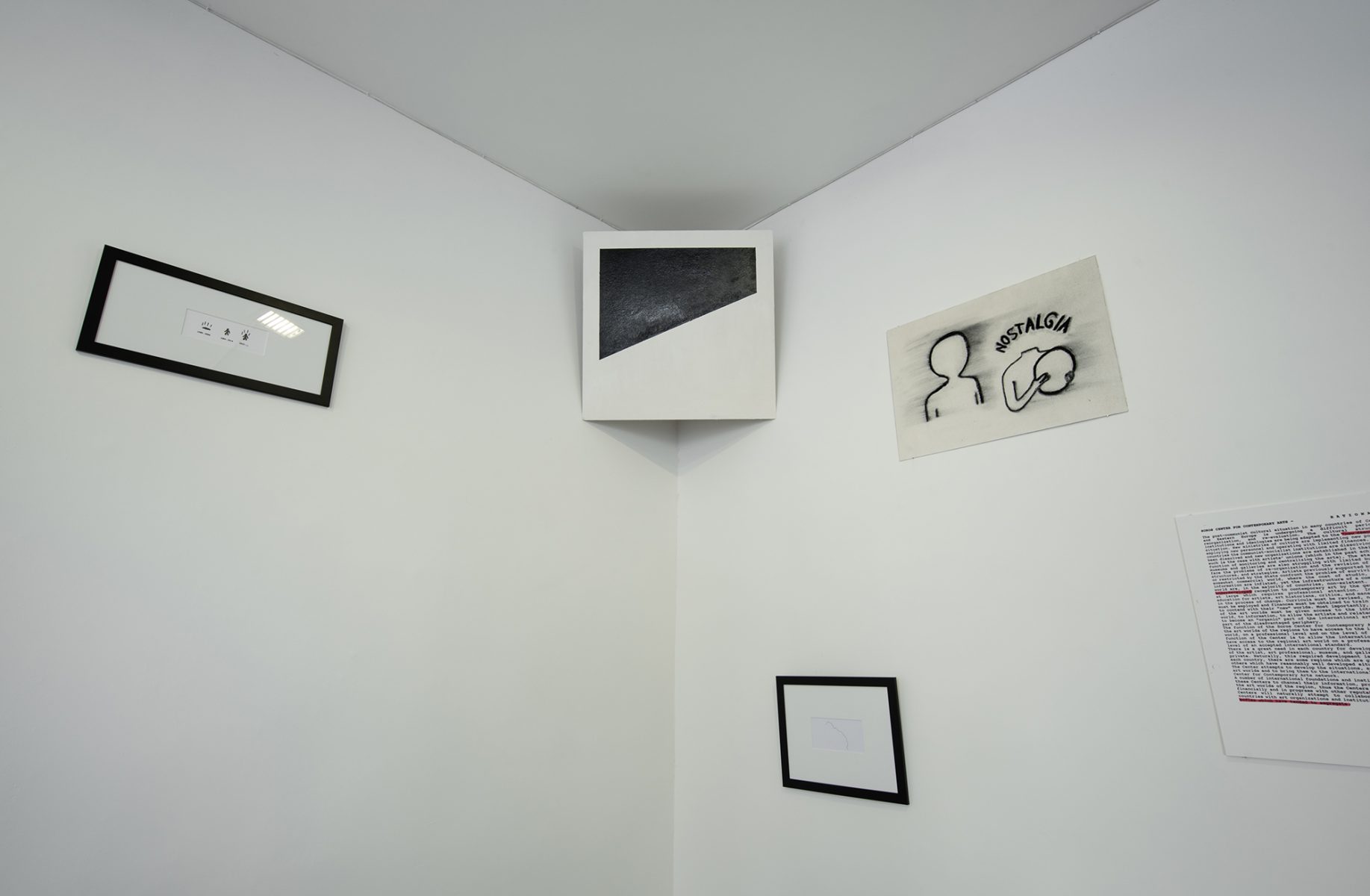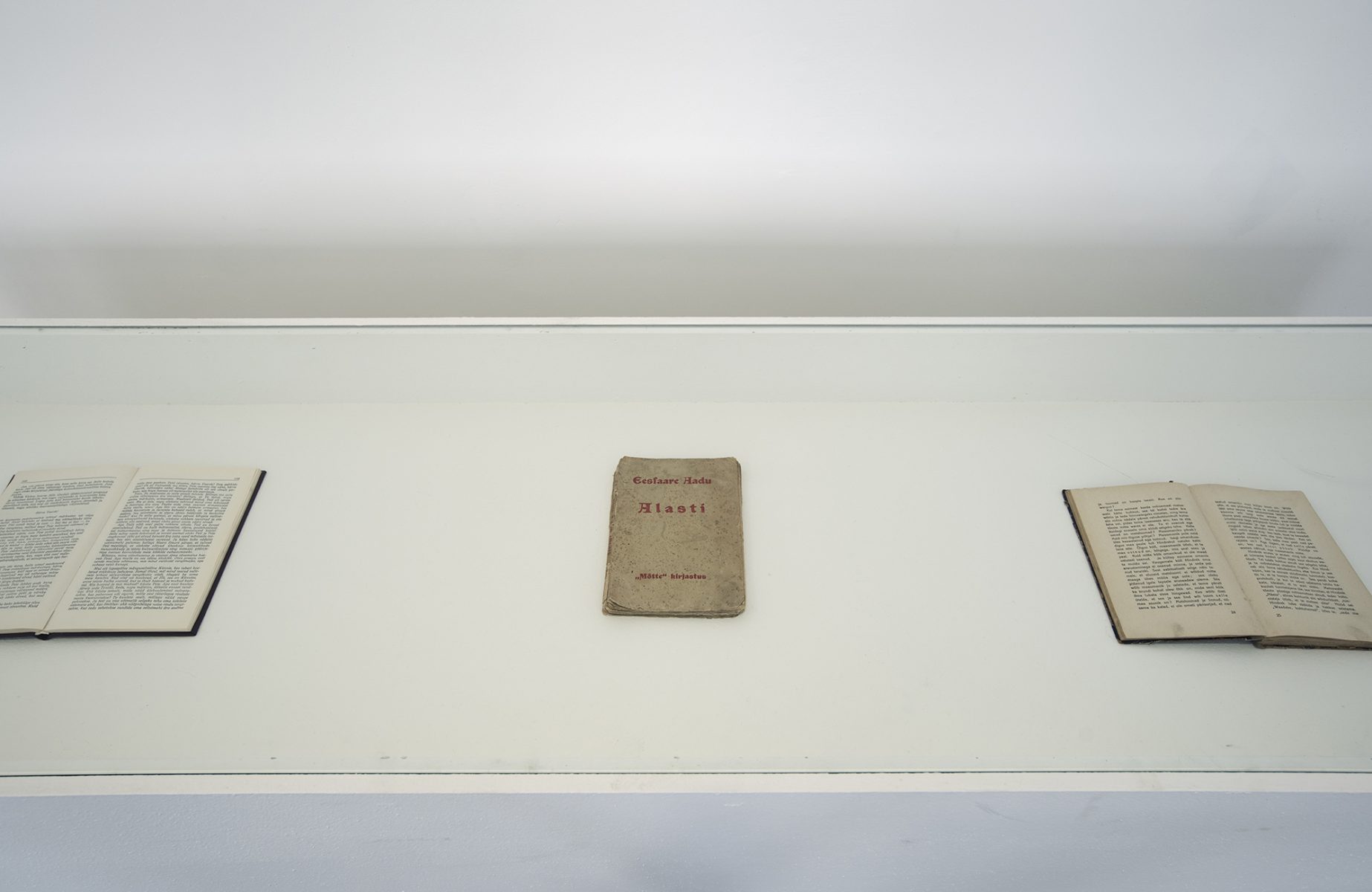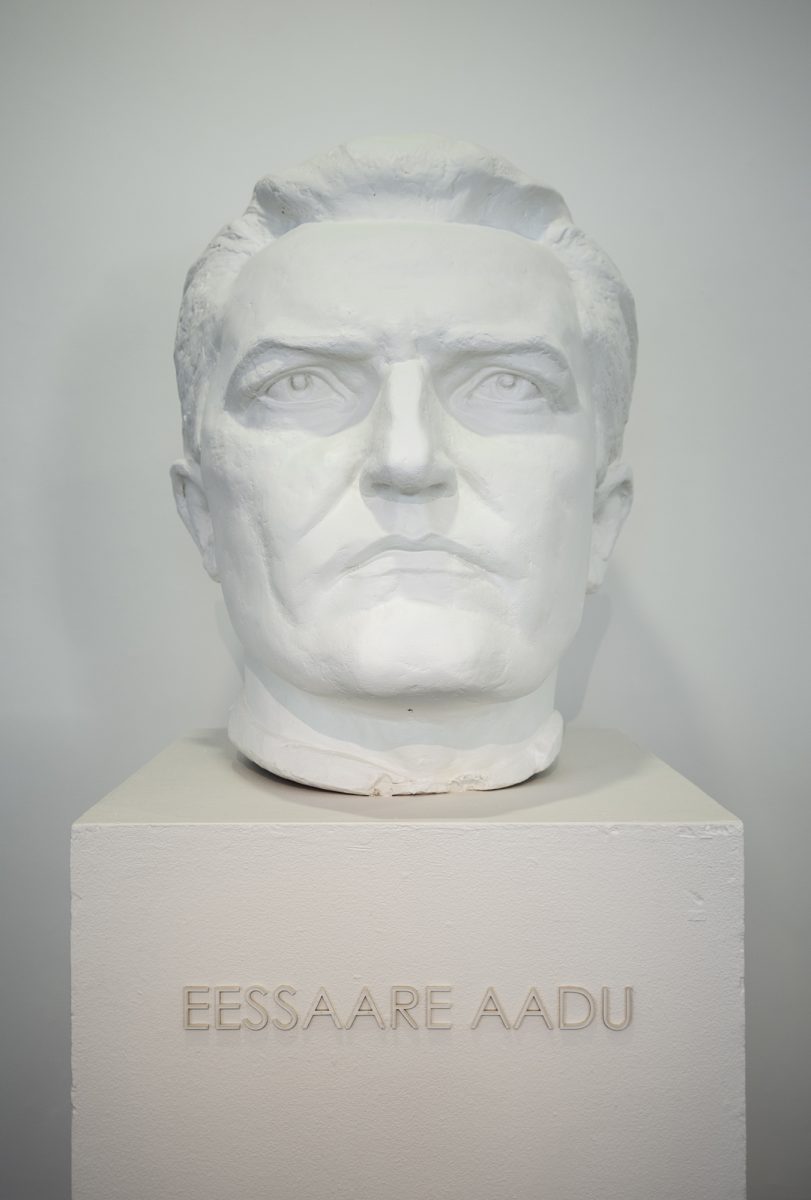Third Way
Tanel Rander
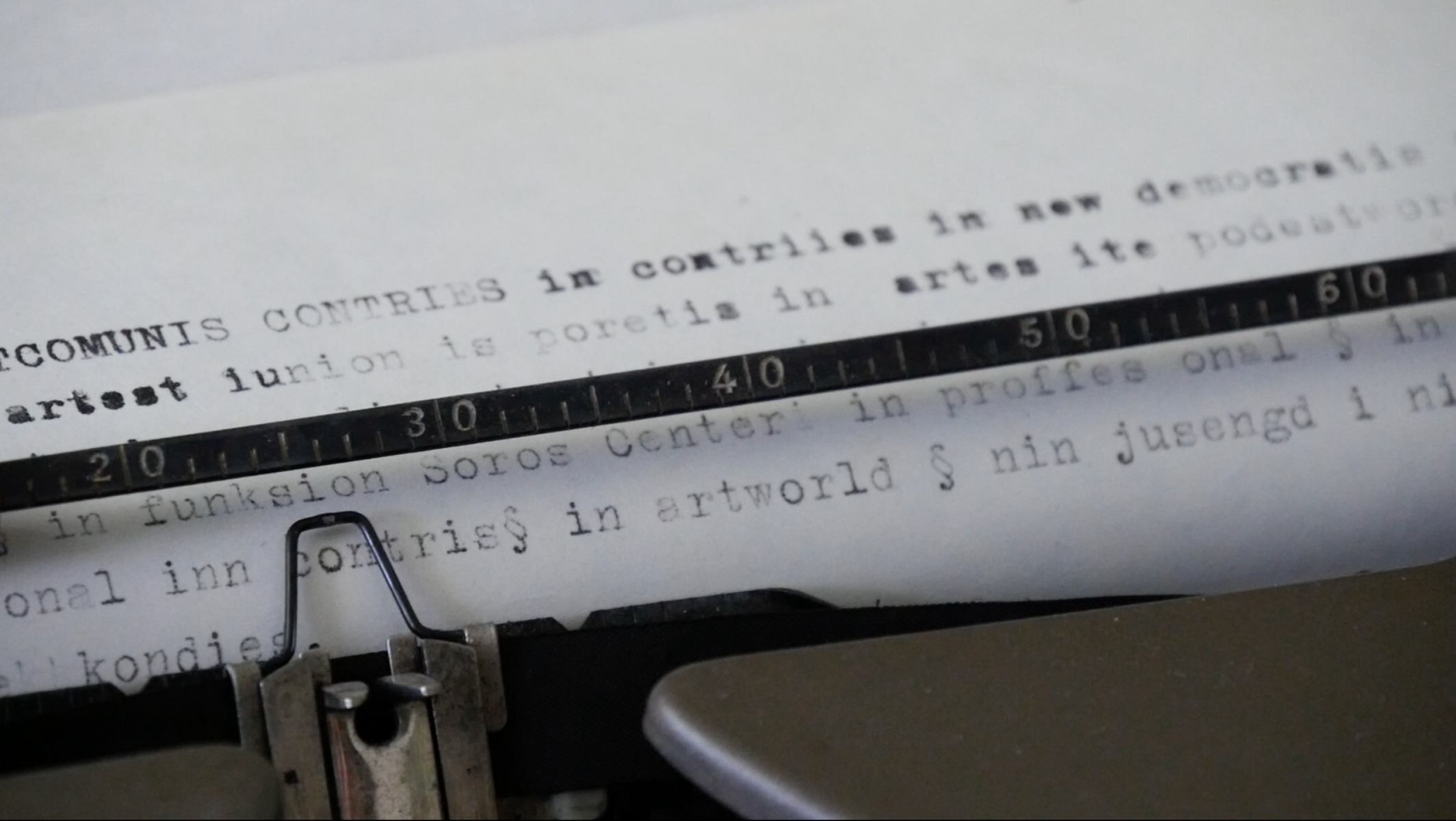
Tanel Rander’s exhibition “Third Way” discusses the East European soul in the midst of constant transformation.
Rander aptly uses the image of the guilliotine to describe the separation of body and head so charachteristic of East Europeans. The body is inevitably connected to space and will forever be chained to its geographic origin. The head, on the other hand, operates in the psychogeographic space and is seemingly free of all geopolitical restrictions. After 1989, instead of human heads, bronze heads started rolling – there was no true revolution in Eastern Europe. Important developments happened inside people. So the exhibition focuses on the geneology of East European contemporary art, where an important role was played by investments on the part of George Soros, the rehabilitation of the repressed avant-garde and they way part of history was very quickly dumped.
“In the last decade a fracture has appeared on the smooth surface of contemporary times, and from that fracture seeps the fantom pain of an eliminated past – nostalgia. It mostly pours onto a barren ground or is put to the service of certain political interests. We can already see how once forgotten artworks find their way into galleries, where, in their aesthetic regimes, the pieces die for the second time,” says Rander about the current times and their relation to the political past and its signs.
The exhibition creates an image of the institutional mechanisms of how a person’s subjectivity develops and tries to realise the political potential of a “red monument” – Jaan Anvelt’s bust from 1962. The show is accompanied by a publication titled “The power of nostagia” that describes the geneaology of subjectivity and discusses the possibility of finding a third way to overcome geopolitical subjectivity. The publication also includes Aarne Ruben’s article about the literary activities of Eessaare Aadu.
Tanel Rander (b 1980) graduated from the Faculty of Law of the University of Tartu (2005), has a Master’s degree in interdisciplinary arts from the Estonian Academy of Arts (2010) and is currently pursuing a PhD in the same academy, researching East Europe from a de-colonial perspective. His work is centered on composition and linked to different media.
Thanks to: Aarne Ruben, Art Allmägi, Eesti Kultuurkapital, Eva Voog, Jaan Kompus, Kirke Kangro, Kaarel Kütas, Museum of Occupations, Estonia.



